These flyers come and go with the seasons
I’ve been observing some of the different birds in our area over the past few months with, I have to admit, somewhat mixed emotions. As spring changed into summer and summer transitioned into fall, I had the privilege to observe Orioles, Phoebes, Northern Cardinals, American Robins, Meadowlarks, and Scissor-tailed Flycatchers nest and fledge broods of young. It was enjoyable to watch parents care for their hatchlings and see the young birds take some of their first, faltering flights. However, with the passing of time and seasonal changes, the realization came to me that some of our area’s friendly fliers would soon make their exits from the region and not return until next spring. Even though fall and spring migrations are a normal part of many bird’s annual lifecycles, I’ll admit that I am a little saddened by the thought of not seeing some of our feathered acrobats, insect and nectar eaters, predators, and songsters until next year.
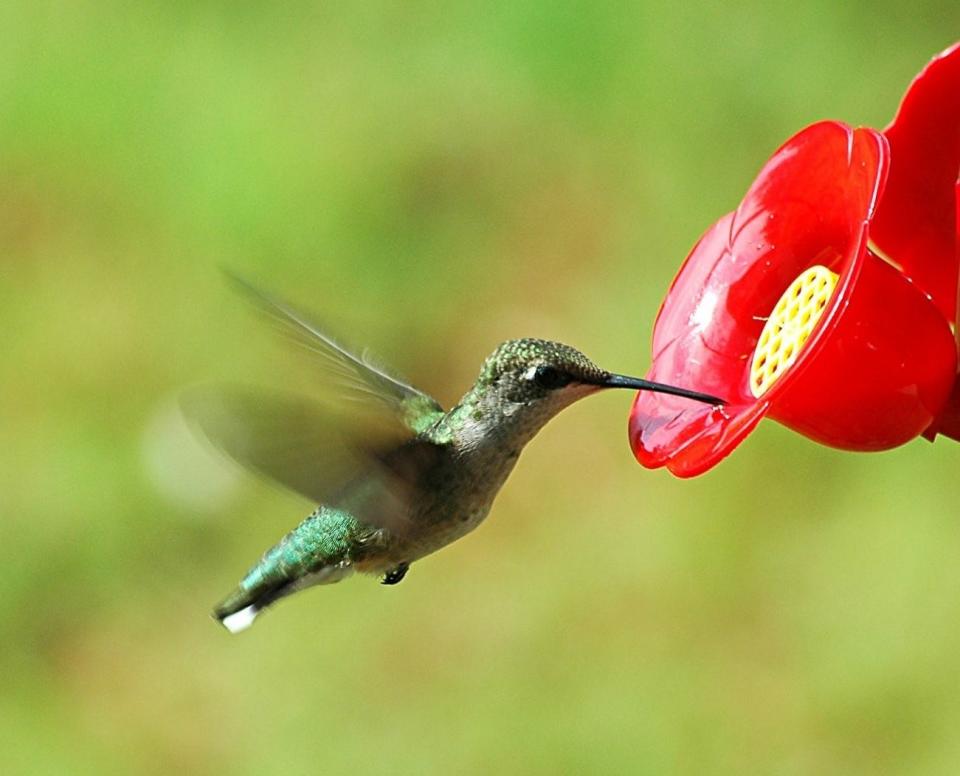
Who is heading on out?
Some noticeable (and often searched for) species which have migrated, or are migrating, out of our area for the winter include the nectar-feeding Ruby-throated and Black-chinned Hummingbirds and almost all of our Warblers. Some prominent insectivores traveling south for the winter are the Western and Eastern Kingbirds, Scissor-tailed Flycatchers, Nighthawks, Swallows, and Purple Martins. The insect, nectar and fruit-loving Bullock’s and Baltimore Orioles have also made their exits from our region along with the seed and insect-eating Painted and Blue Buntings and the Blue Grosbeak. Yellow-billed Cuckoos have flown out of our region and some larger, predatory birds such as Mississippi Kites also spend their winters in the warmer climates of South America and the tropics. The southward migration is necessary for many of these species because the foods they depend upon largely disappear from our region during the winter; therefore, their seasonal migrations out of our area are necessary for their survival. Simply put, the migratory birds have to move to their winter grounds and habitats in order to find food and to remain in appropriate climates and preferred habitats; even if these climates and habitats are in locations widely separated from their spring and summer haunts.
Some hardy types tough it out
Considering the exit of all these avian species, you might ask or think, “What’s a bird enthusiast to do in North Texas and Southwestern Oklahoma during the winter months?” Despite the temporary loss of our migratory spring and summer feathered friends, don’t despair! Many of our local birds are winter-hardy types (even considering our winters!) and they remain with us as permanent residents. The colorful Northern Cardinal, Blue Jay, and Eastern Bluebird are permanent residents here, along with Eastern and Western Meadowlarks. Although perhaps not as colorful, Grackles, Red-winged Blackbirds, Cowbirds, Crows, Mourning Doves, Carolina Chickadees, Titmice, and the Northern Mockingbird also stay around during winter. Predatory birds, such as Red-tailed Hawks, Barn Owls, Eastern Screech Owls, and Great Horned Owls remain with us and help with rodent control tasks.
Most Egrets and Herons tend to spend their winters along the Texas coast and farther south, but the largest heron of them all, the Great Blue Heron, stays as a permanent resident and continues to hunt for fish, frogs, reptiles, small rodents, and other food items throughout the winter months. Also, several different species of Plovers, Sandpipers, Peeps, and other shorebirds may be observed as they fly from their northern breeding grounds in the fall and travel through our area to reach wintering habitats along the Texas coast. One exception is the Killdeer, who stays with us year-around.
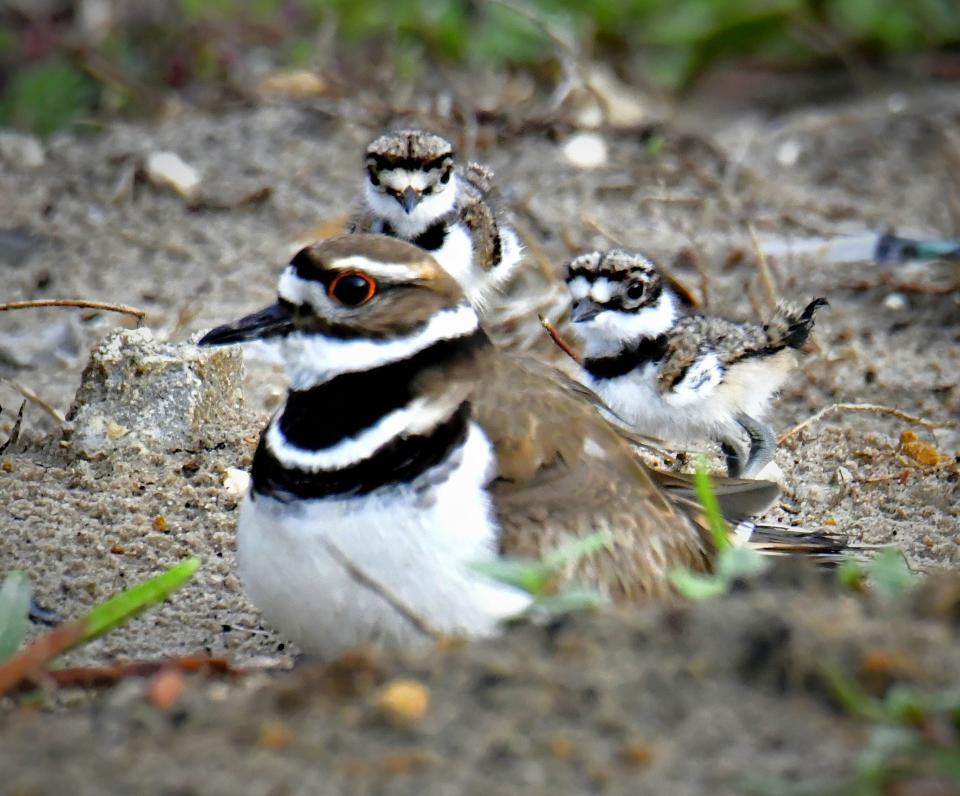
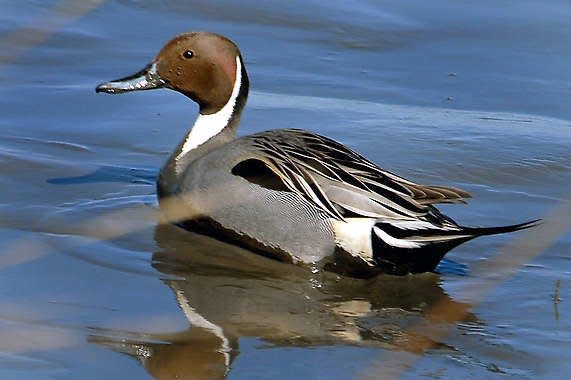
Welcome feathery winter travelers
An additional bright spot for birders is the arrival of winter migrants to our region. This group includes many species of ducks including Northern Pintails, Mallards, the American Widgeon, Gadwalls, the Northern Shoveler, Green-winged Teals, Ring-necked Ducks, Lesser Scaups, Buffleheads, Hooded Mergansers, and Ruddy Ducks. While not as melodious as the songs of warblers ducks’ calls are still cheerful reminders of birdlife during the winter months. If water levels of our lakes, ponds, rivers, and streams are sufficient, these fugitives from the northern latitudes will remain with us throughout the winter months and into early spring.
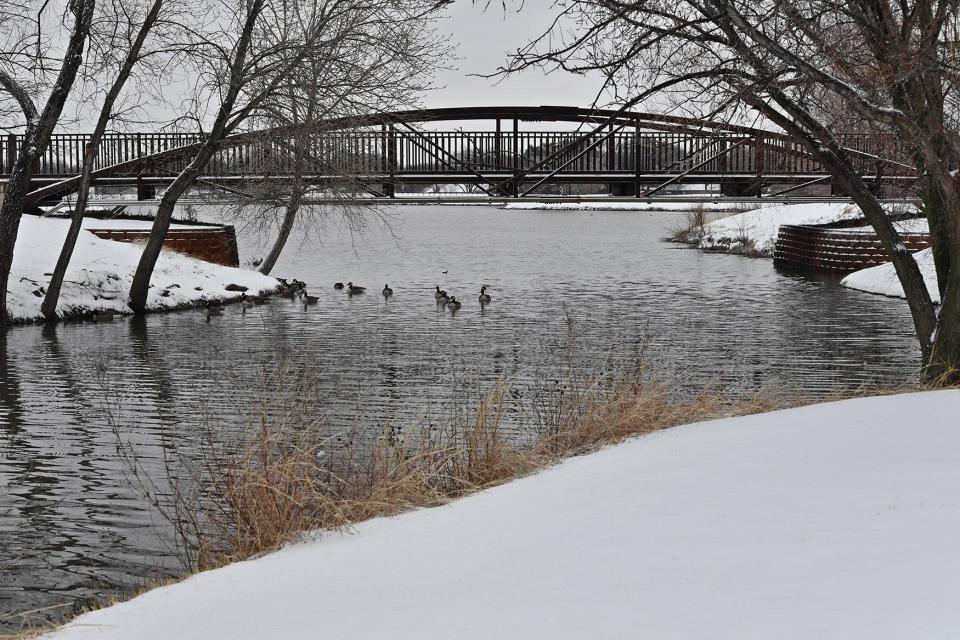
Canada Geese and cranes a-coming
Recently as I was outdoors contemplating the cooler seasons and the absence of many feathered songsters, I was cheered to hear heard the distinctive honking of two flights of newly arriving Canada Geese. Canada Geese, Snow Geese, the Cackling Goose, and Ross’s Goose are also winter guests of our area and perform beneficial services to farmers as they graze upon weeds and other invasive plants in our fields, pastures, and park lands.
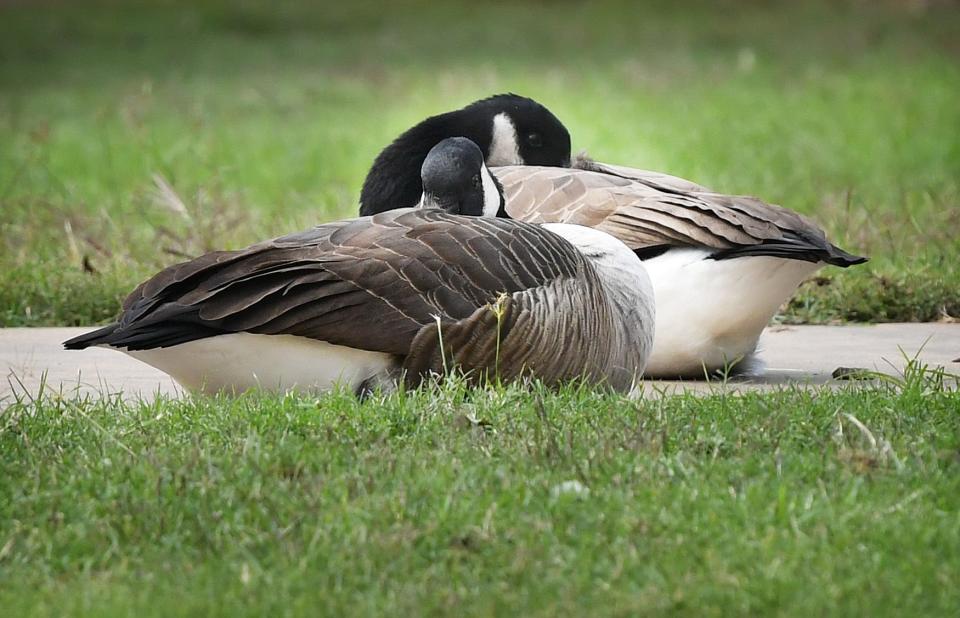
A few days after the Canada Geese sighting, I happened to hear the distinctive, soft and rattling "Kar-r-r-r-o-o-o" calls and see some flights of Sandhill Cranes gracefully gliding into our region. These cranes usually remain until March or April before returning north to mate and nest. Also, if you happen to be in the right place at the right time, you may be lucky enough to spot some small family groups of the larger, snow-white colored Whooping Cranes mixed in with groups of Sandhill Cranes as the endangered "Whoopers" make their way to the Rockport, Port Aransas, and Aransas Wildlife Refuge Areas along the Texas coast!
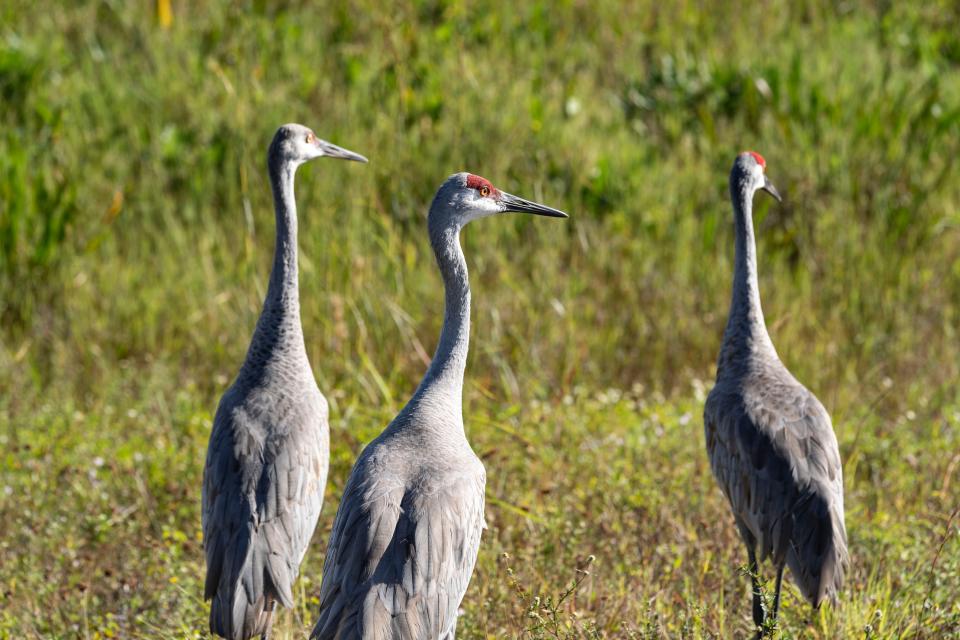
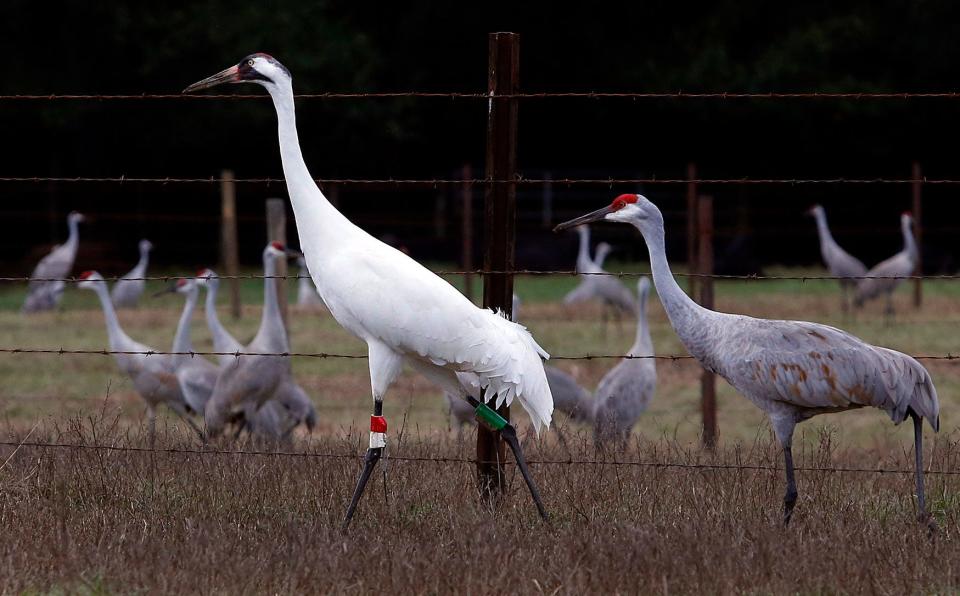
Predators and tiny seed birds, too
Some additional species of hawks, including the Sharp-shinned Hawk, Northern Harrier, and Ferruginous Hawk are also winter migrants to our region. Search in the trees, fence lines, and along utility lines and poles for these patient predators. To balance out all of the predatory birds, Dark-eyed Juncos, the Red-breasted Nuthatch, House Wrens, the Spotted Towhee, Ruby-crowned Kinglets, and several different species of Sparrows winter in the North Central Texas/Southwestern Oklahoma region. Most of these small birds subsist on diets of seeds and berries during their winter stays in our area.
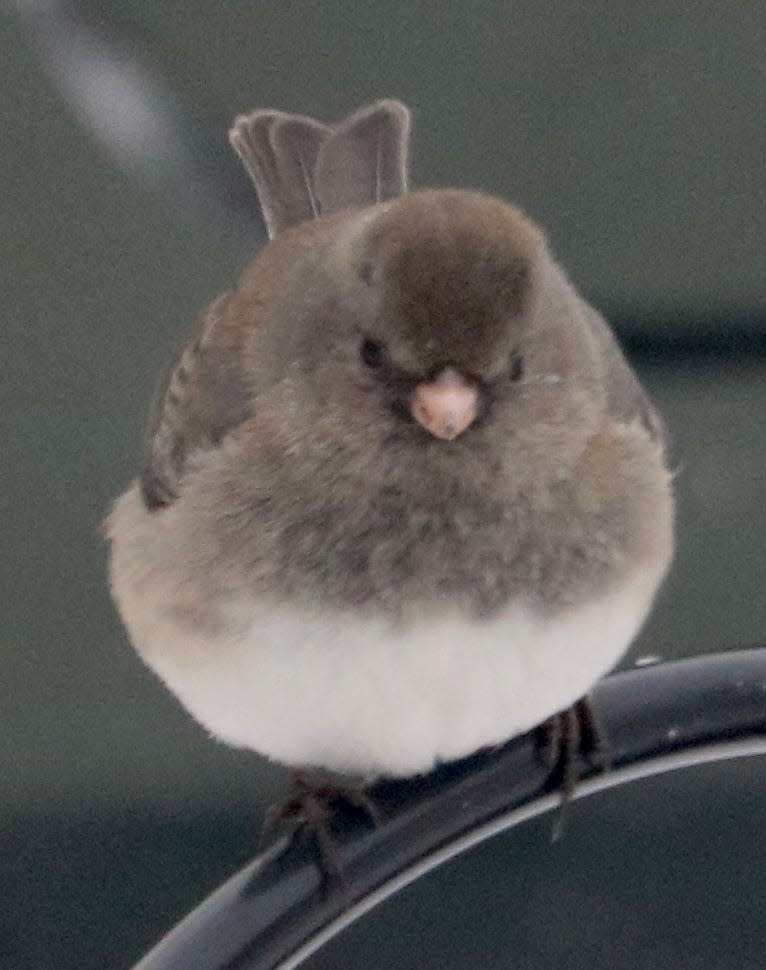
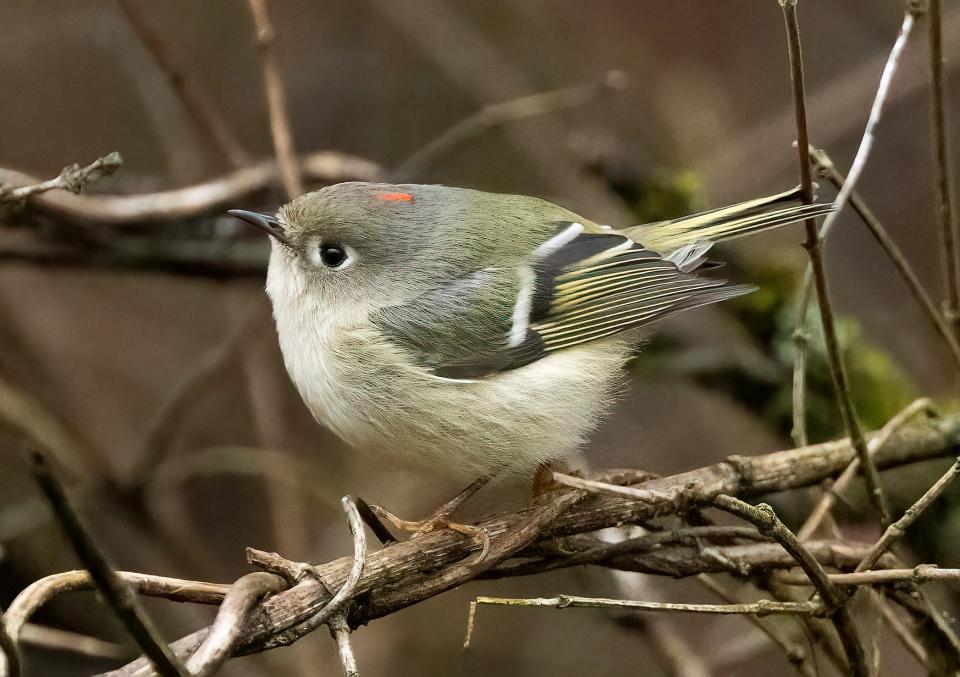
'Tis the season
Therefore, even though some bird species migrate away from our area during the fall, different birds fly to North Central Texas and Southwestern Oklahoma to spend the winter and early spring months with us. In the ecological scheme of things, these avian migration strategies enhance the survival of all the region’s birds. As a final thought, remember that “to everything there is a season.” That tried-and-true statement is certainly demonstrated by our feathered friends! Some may be gone for a while; but they’ll be back in the due course of time.
Jim Goetze is a retired professor of biology and former chairperson of the Natural Sciences Department of Laredo College with an avid interest in all aspects of the natural world. He can be contacted at gonorthtxnature@gmail.com
This article originally appeared on Wichita Falls Times Record News: Goodbye and hello to different migrating birds in North Texas

